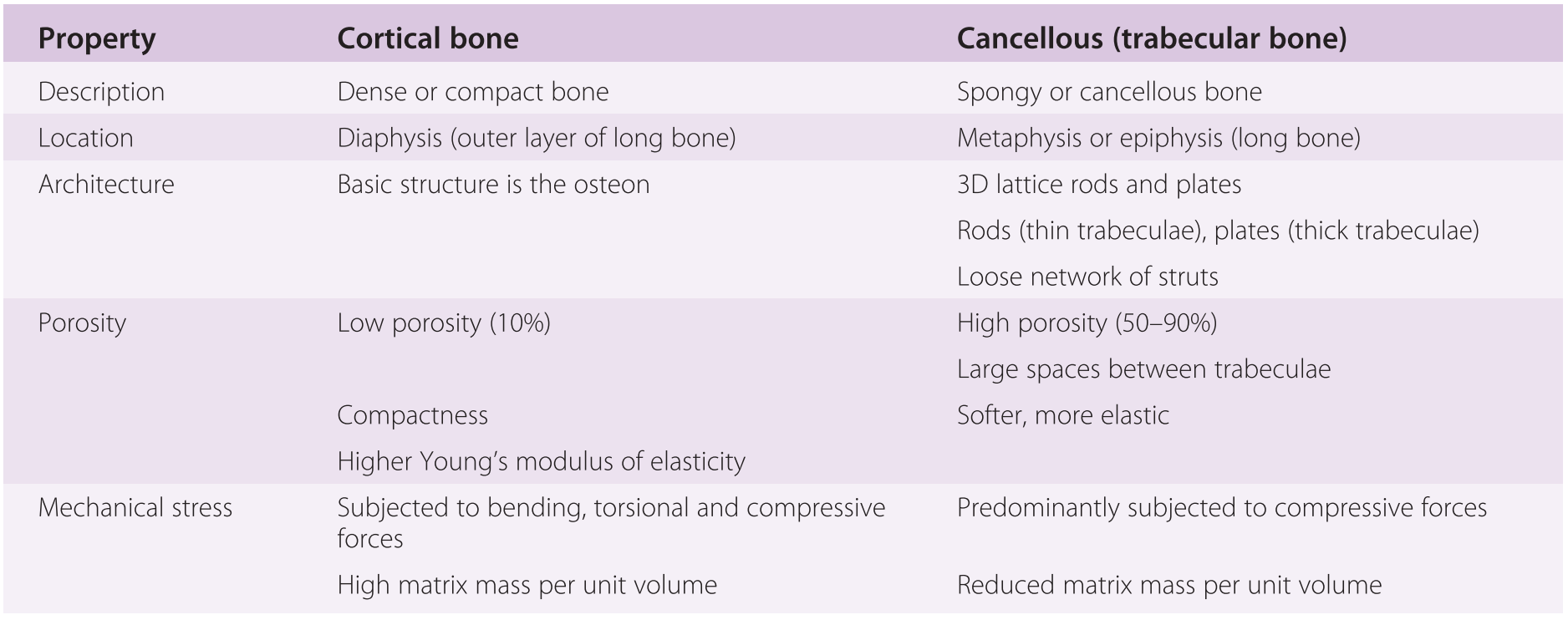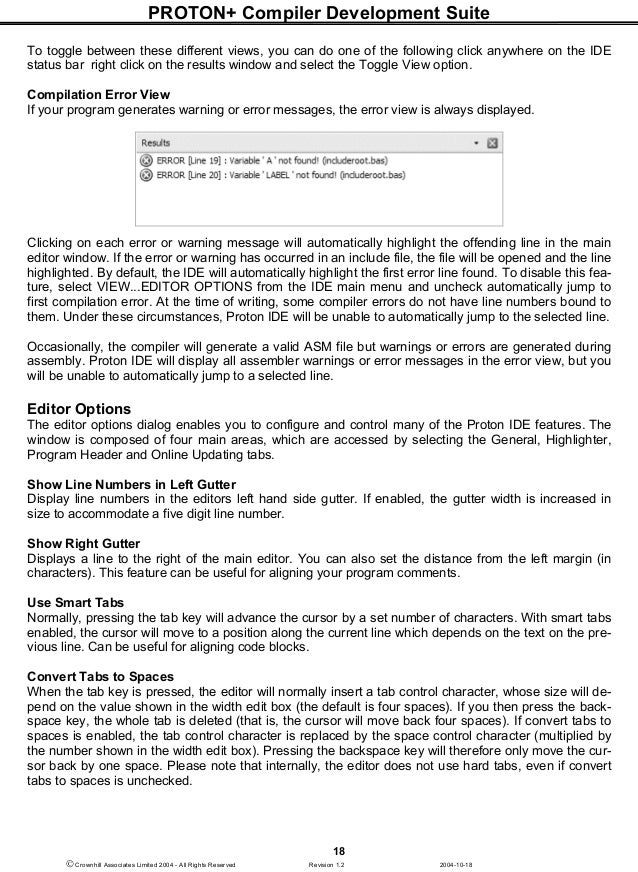
Why replace SPI (Serial Peripheral Interface) with I3C?
Proton Basic Serial Interrupt Protocol Code

Why replace SPI (Serial Peripheral Interface) with I3C?
Proton Basic Serial Interrupt Protocol Code
SPI requires four wires and has many different implementations because there is no clearly defined standard. In addition SPI requires one additional chip select (or enable) wire for each additional device on the bus, which quickly becomes cost-prohibitive in terms of number of pins and wires, and power. I3C aims to fix that, as it uses only two wires and is well defined.
Proton Basic Serial Interrupt Protocol Pdf
Proton Basic Serial Interrupt Protocol Code
I3C covers most of the speed range of SPI, but is not intended for the highest speed grades that really only work well with a point-to-point interface, such as for SPI Flash.
SPI is a full-duplex synchronous serial data transfer protocol. Data transfer takes place in between Master and Slave devices. Each Master/Slave device has an internal 8 bit shift register, which is connected to other devices so as to form a circular/ring buffer. At each clock pulse, data gets right shifted in the circular/ring buffer.
The communication protocol is a bi-directional Master/Slave protocol type. The Master is the Ethernet PSE Host CPU and the Slave is the PoE unit controller (see. Figure 2 illustrates a simplified representation of the protocol. The Host CPU can utilize a TTL-leveled asynchronous serial communication (UART) or I. Once SET no further interrupts can occur until the bit is cleared to 0. (BCF INTCON, 2) To enable the interrupt function on PORTB internal pullups SET bit 3 (BSF INTCON, 3) to 1. This will generate an interrupt if any HIGH-LOW or LOW-HIGH transition occurs on PORTB PB4-PB7. Testing the state of bit 0 if 1 shows the interrupt occurred.

